What’s Up?
Monday was another of those rare-for-me lazy days of mostly rest and relaxation. And yet another relaxing swim. I am all ready for the Warriors OKC game tonight…
A Note On Selling Your Used Gear
Many folks write asking for help selling their gear while at the same time mentioning pie in the sky prices, “I’d like to get…” I am often tempted to say, “There are lots of things that I’d really like to get…” But I don’t. After folks agree to the terms, I suggest a range of prices. Almost everyone winds up going with the highest price despite my reminder that the 5% is due on the original asking price. Then they wind up coming down anyway.
As noted in yesterday’s short blog post, I price my stuff to sell immediately. All three of the camera bodies sold within 3 1/2 hours on Monday afternoon. What’s the best way to sell this or that fast? Price it to sell! Like I do. Always. Now I will have $4242 in the bank instead of three camera bodies that I never use sitting on a shelf. 1DX prices? Going down? 7D II prices? Going down. 5D III prices–holding steady–mine was only in very good condition while those going for $1499 have been in either excellent or near mint condition.
1DX Mark II AF Guide
At this point I doubt that I will do a 1DX Mark II AF Guide. Why? My AF set-up–including my personal custom case for bird photography–is exactly the same as with the original 1D X. I might change my mind on a 1DX II guide at some point as I am learning a bit more about the various 1D Mark II AF Area Selection modes (which for the most part are the same as on the 1D X). Those wishing to learn my AF set-up for both of these cameras are pointed toward the 1D X AF Guide. If you used my B&H link to purchase your 1DX II, please forward your B&H receipt to me via e-mail and request a complimentary copy of the 1DX AF Guide.
Galapagos 2017
If you would like to join me on the August 2017 Galapagos Photo-Cruise of a lifetime, please scroll down and see the details below. Please e-mail for couples or repeat customer discount information. Three new folks are interested so I do not have far to go. And a couple signed up on Monday evening 🙂
The Streak
Today’s blog post marks an insane 207 days in a row with a new educational (and fun) blog post. And I still have dozens of new topics to cover; there should be no end in sight until my big South America trip next fall. As always-–and folks have been doing a really great job recently–-please remember to use our B&H links for your major gear purchases. For best results use one of our many product-specific links; after clicking on one of those you can continue shopping with all subsequent purchases invisibly tracked to BAA. Your doing so is always greatly appreciated. Please remember: web orders only. Please remember that if you are shopping for items that we carry in the BAA Online Store (as noted in red at the close of this post below) we would appreciate your business.
Selling Your Used Gear Through BIRDS AS ART
Selling your used (or like-new) photo gear through the BAA Blog or via a BAA Online Bulletin is a great idea. We charge only a 5% commission. One of the more popular used gear for sale sites charges a minimum of 20%. Plus assorted fees! Yikes. The minimum item price here is $500 (or less for a $25 fee). If you are interested please e-mail with the words Items for Sale Info Request cut and pasted into the Subject line :). Stuff that is priced fairly–I offer free pricing advice, usually sells in no time flat. In the past few months, we have sold just about everything in sight. Do know that prices on some items like the EOS-1D Mark IV, the old Canon 500mm, the EOS-7D, the original 400mm IS DO lens, and most recently, the 200-400 with Internal Extender, have been dropping steadily. You can see all current listings by clicking here or by clicking on the Used Photo Gear tab on the yellow-orange tab on the left side of the lower menu bar above.
- Arthur Morris sold his 1D X in excellent condition for $2199 on May 30.
- Arthur Morris sold his 7D Mark II in excellent condition for $749 on May 30.
- Arthur Morris sold his 5D Mark III in very good condition for $1299 on May 30.
- Joe Subolefsky sold his Canon 500mm f/4L IS USM lens and a 1.4X TC II, both in excellent condition, for $3,899 in late May.
- Robert Doster sold his used Canon EOS 7D body in excellent condition for $419 in early April.
- Sandra Calderbank sold her Canon EOS 5D Mark III DSLR camera body in mint condition for $1599 in mid-April in one day.
- Jim Keener sold a Canon EF 16-35mm f/2.8L II USM lens in mint condition for $999 in early May.
- IPT veteran Bill Wingfield sold his Canon EOS 5D Mark III in excellent condition for $1498 in late April.
- IPT veteran Carolyn Peterson sold her Canon EOS 5D Mark III in excellent condition for $1,549 in early May.
- KW McCulloch sold his used Canon 5D Mark III for $1499 in mid-May before it was even listed.
- Paul Roscoe sold his Canon EF 600mm f/4L IS II lens in mint condition for $9450 in mid-May.
- The sale of Les Greenberg’s Canon EOS Canon 5D Mark III is pending.
Prices Reduced!
Canon EOS-1DX Professional Digital Camera Body
Price Reduced $300 on May 31, 2016.
IPT veteran Billy Wingfield is offering a Canon EOS-1DX in excellent plus condition but for a 3/4″ scratch on the rear LCD; was $2799/now $2499. The sale includes two LP-E4N batteries, the battery charger, the front cap, the Canon strap, the original box, and insured ground shipping via major courier. Your item will not ship until your check clears unless other arrangements are made.
Interested folks may contact Billy by phone at 843-729-6670 or via e-mail.
I used, depended on, and loved my two 1DX bodies since their release several years ago. artie
Canon EF 100-400 USM IS USM Lens (the old 1-4)
Yet Another Lowest-ever BAA Price!
Price Reduced $80 on May 30, 2016.
Janet Horton is offering her used Canon EF 100-400 USM IS USA lens in excellent condition; was $629–now $549! The lens hood shows small signs of use, but otherwise the lens is unmarked and in perfect working order. The sale includes the Canon LZ1324 Lens case with strap, the Canon ET-83C Lens Hood, the rear cap, and insured ground shipping via major carrier to US addresses only. Your item will not ship until your check clears unless other arrangements are made. Please contact Janet by e-mail or by phone at 425-313-3060 (Pacific time).
I owned and used the original 100-400 with great success for close to a decade and made many memorable and sale-able images with it. artie
|
This image was created on my Friday afternoon Fort DeSoto pre-private day scouting trip with the Induro GIT 304L/Mongoose M3.6-mounted Canon EF 600mm f/4L IS II USM lens, the Canon Extender EF 1.4X III, and the Canon EOS-1D X Mark II with a 64GB Card and Reader ISO 800. Evaluative metering at zero as framed: 1/4000 sec. at f/6.3 in Manual mode. Daylight WB. One AF point down from the center AF point/AI Servo/Expand Shutter Button AF as originally framed. The selected sensor was on the rear part of the pelican’s open bill pouch and was of course active at the moment of exposure. AF Micro-adjustment via LensAlign/Focus Tune: +4. Tutorial coming soon. Brown Pelican with a mouthful of tiny baitfish |
The Situation
Both Friday and Saturday afternoons offered superb diving pelican and tern action. On Friday, the birds were a ways down the beach and a bit farther offshore than on Saturday so I did most of my photography with the 600 II and either teleconverter. I did try the Arash rig on Friday, the 400 DO II with the 2X III TC and the 1DX II. I had some success. The skill, strength, and hand-eye coordination levels needed for flight photography with this combo is much higher than is needed with the 400 DO II/1.4X II/1DX II rig… See how I did with the latter combo in yesterday’s blog post here.
This is a crop of today’s featured image. |
Can a Dozen Fish Equal a Small Mouthful?
Well, not exactly a bill full of fish, but impressive none-the-less. This image answers lots of questions and raises a big one. It is easy to imagine how the tiny baitfish escape when a pelican is draining water from its bill, thus providing lots of fodder for the Laughing Gulls that land on them and the terns that dive and strike the water right next to their heads. My question: can those tiny fish possibly provide an energy return that is large enough to cover what must be the huge energy expenditure that goes into the scouting for fish flights and the dives themselves?
The five-frame sequence; click to enlarge. |
The Five-frame Sequence
As I said to private client Joel Eade on several times on Saturday past, “Don’t fire at anything that moves. But when you have a good situation and you have locked focus, hold the shutter button down.” My strategy was to watch a pelican hit the water somewhere down sun angle, acquire focus, and as soon as a gull enters the frame, blast away while making sure to maintain focus. That is just what I did here; the result? Five perfectly sharp frames.
Image Question
After enlarging the five-frame sequence, leave a comment and let us know which of the fives images features the very best Laughing Gull wing position. And do let us know why you made your choice.
The 1D X II
If what you read today on the blog or what you have been seeing for the past month inspires you to purchase a Canon EOS-1D X Mark II DSLR Camera Premium Kit with 64GB Card and Reader please use the active link or click on the logo-link above. Doing so will be greatly appreciated. Many who used our link right off the bat already have their 1DX Mark IIs.
|
Tame birds and wildlife. Incredible diversity. You only live once… |
GALAPAGOS Photo Cruise of a Lifetime IPT/The Complete Galapagos Photographic Experience. August 8-22, 2017 on the boat. 13 FULL and two half-days of photography: $12,499. Limit: 13 photographers plus the leader: yours truly. Openings: 4.
Same great trip; no price increase!
This trip needs nine to run; in the unlikely event that it does not, all payments to BAA will be refunded in full.
My two-week Galapagos Photo-Cruises are without equal. The world’s best guide, a killer itinerary, a great boat (the Samba), and two great leaders with ten Galapagos cruises under their belts. Pre-trip and pre-landing location-specific gear advice. In-the-field photo instruction and guidance. Jeez, I almost forgot: fine dining at sea!
The great spots that we will visit include Tower Island (including Prince Phillips Steps and Darwin Bay), Hood Island (including Punta Suarez, the world’s only nesting site of Waved Albatross, and Gardner Bay)—each of the preceding are world class wildlife photography designations that rank right up there with Antarctica, Africa, and Midway. We will also visit Fernandina, Puerto Ayora for the tortoises, Puerto Egas—James Bay, and North Seymour for nesting Blue-footed Boobies in most years, South Plaza for Land Iguanas, Floreana for Greater Flamingoes, and Urbina Bay, all spectacular in their own right. We visit every great spot on a single trip. Plus tons more. And there will be lots of opportunities to snorkel on sunny mid-days for those like me who wish to partake.
It is extremely likely that we will visit the incredible Darwin Bay and the equally incredible Hood Island, world home of Waved Albatross twice on our voyage. The National Park Service takes its sweet time in approving such schedule changes.
We will be the first boat on each island in the morning and the last boat to leave each island every afternoon. If we are blessed with overcast skies, we will often spend 5-6 hours at the best sites. And as noted above, mid-day snorkeling is an option on most sunny days depending on location and conditions. On the 2015 trip most snorkeled with a mega-pod of dolphins. I eased off the zodiac to find hundreds of dolphins swimming just below me. Note: some of the walks are a bit difficult but can be made by anyone if half way decent shape. Great images are possible on all landings with either a hand held 70-200mm lens and a 1.4X teleconverter or an 80- or 100-400. I sometimes bring a longer lens ashore depending on the landing. In 2017 I will be bring the Canon 400mm IS DO II lens. In the past I have brought either the 300mm f/2.8L IS II or the 200-400mm f/4 L IS with Internal Extender.
|
Do consider joining me for this once in a lifetime trip to the Galapagos archipelago. There simply is no finer Galapagos photography trip. Learn why above. |
An Amazing Value…
Do know that there are one week Galapagos trips for $8500! Thus, our trip represents a tremendous value; why go all that way and miss half of the great photographic locations?
The Logistics
August 6, 2017: We arrive in Guayaquil, Ecuador a day early to ensure that we do not miss the boat in case of a travel delay.
August 7, 2017: There will be an introductory Galapagos Photography session and a hands on exposure session at our hotel.
August 8, 2017: We fly to the archipelago and board the Samba. Heck, on the 2015 trip some people made great images at the dock in Baltra while our luggage was being loaded!
August 22, 2017: We disembark late morning and fly back to Guayaquil midday; most will overnight there.
Most will fly home on the early morning of July 23 unless they are staying on or going elsewhere (or catching a red-eye flight on the evening of the 22nd).
$12,499 includes just about everything: all transfers, guide and park fees, all food on the boat, transfers and ground transportation, your flights to the archipelago, and three nights (double occupancy) in a top notch hotel in Guayaquil. If you are good to go, a non-refundable deposit of $5,000 per person is due immediately. The second payment of $4,000 is not due until 11/1/16. The final payment of $3449 per person will be due on 2/1/17. A $200 discount will be applied to each of the balances for couples or friends who register at the same time.
Purchasing travel insurance within 2 weeks of our cashing your deposit check is strongly recommended. On two fairly recent cruises a total of 5 folks were forced to cancel less than one week prior to the trip. My family and I use Travel Insurance Services and strongly recommend that you do the same.
Not included: your round trip airfare from your home to and from Guayaquil, beverages on the boat, phone calls, your meals in Guayaquil, personal items, and a $600/person cash tip for the crew and the guide—this works out to roughly $40/day to be shared by the 7 folks who will be waiting on us hand and foot every day for two weeks. The service is so wonderful that many folks choose to tip extra.
Please e-mail for the tentative itinerary or with questions. Please cut and paste “Galapagos 2017 Tentative Itinerary Please” into the Subject line.
Please Remember to use our Affiliate Links 🙂
To show your appreciation for my continuing efforts here, we ask, as always, that you get in the habit of using my B&H affiliate links on the right side of the blog for all of your photo and electronics purchases. Please check the availability of all photographic accessories in the New BIRDS AS ART Online Store, especially the Mongoose M3.6 tripod head, Wimberley lens plates, Delkin flash cards and accessories, and LensCoat stuff.
As always, we sell only what I have used, have tested, and can depend on. We will not sell you junk. We know what you need to make creating great images easy and fun. And we are always glad to answer your gear questions via e-mail.
I would of course appreciate your using our B&H affiliate links for all of your major gear, video, and electronic purchases. For the photographic stuff mentioned in the paragraph above we, and for everything else in the new store, we, meaning BAA, would of course greatly appreciate your business. Here is a huge thank you to the many who have been using our links on a regular basis and those who will be visiting the New BIRDS AS ART Online Store as well.
Be sure to like and follow BAA on Facebook by clicking on the logo link upper right. Tanks a stack!
Typos
In all blog posts and Bulletins, feel free to e-mail or to leave a comment regarding any typos or errors. Just be right 🙂

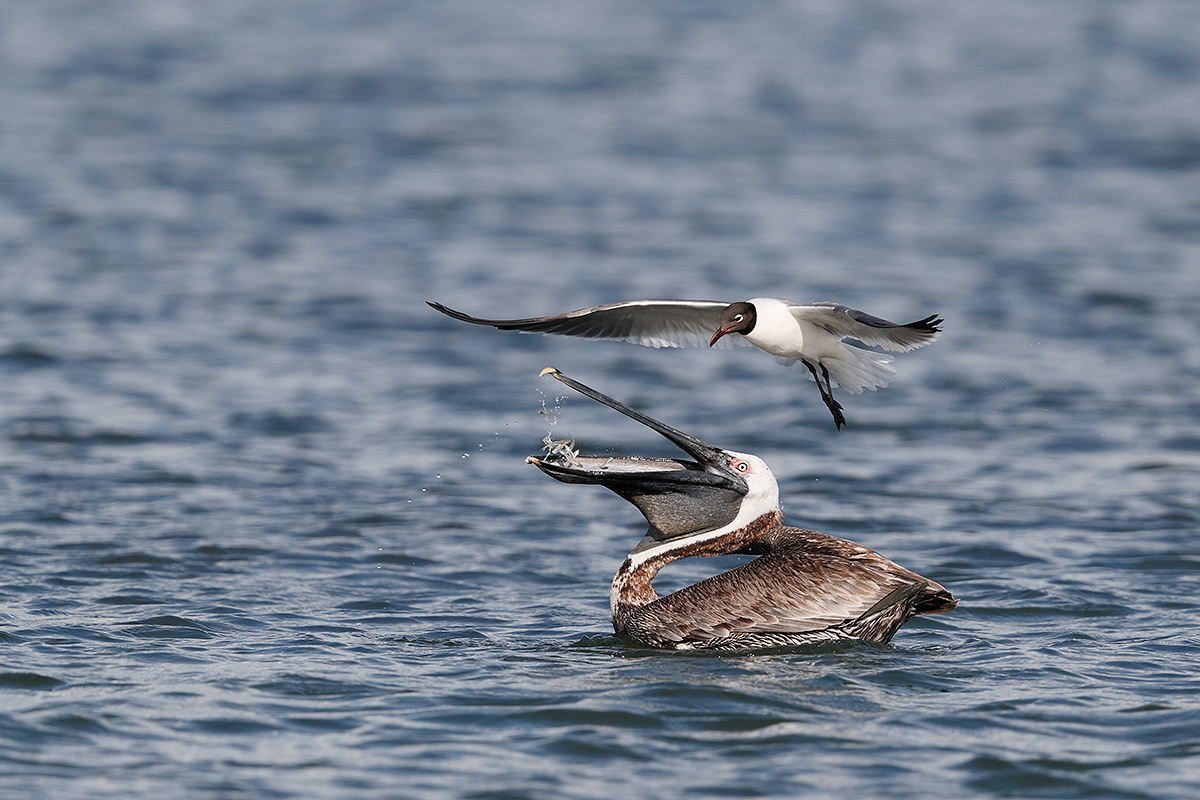
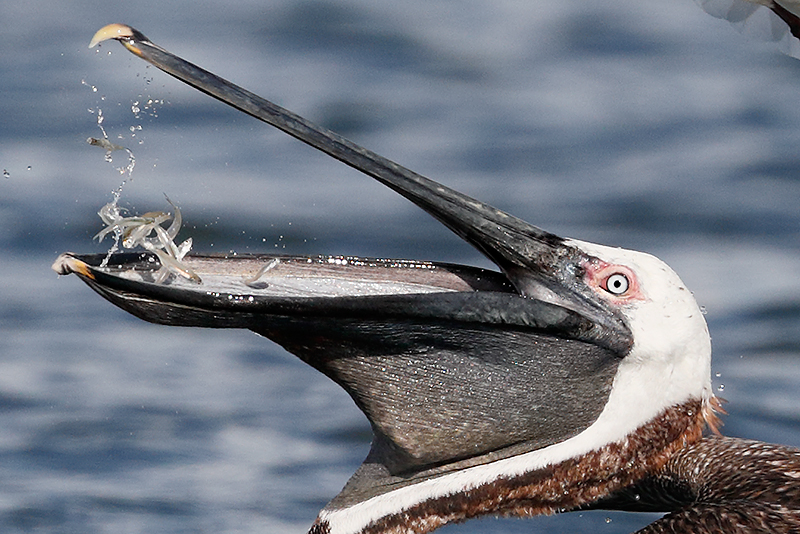
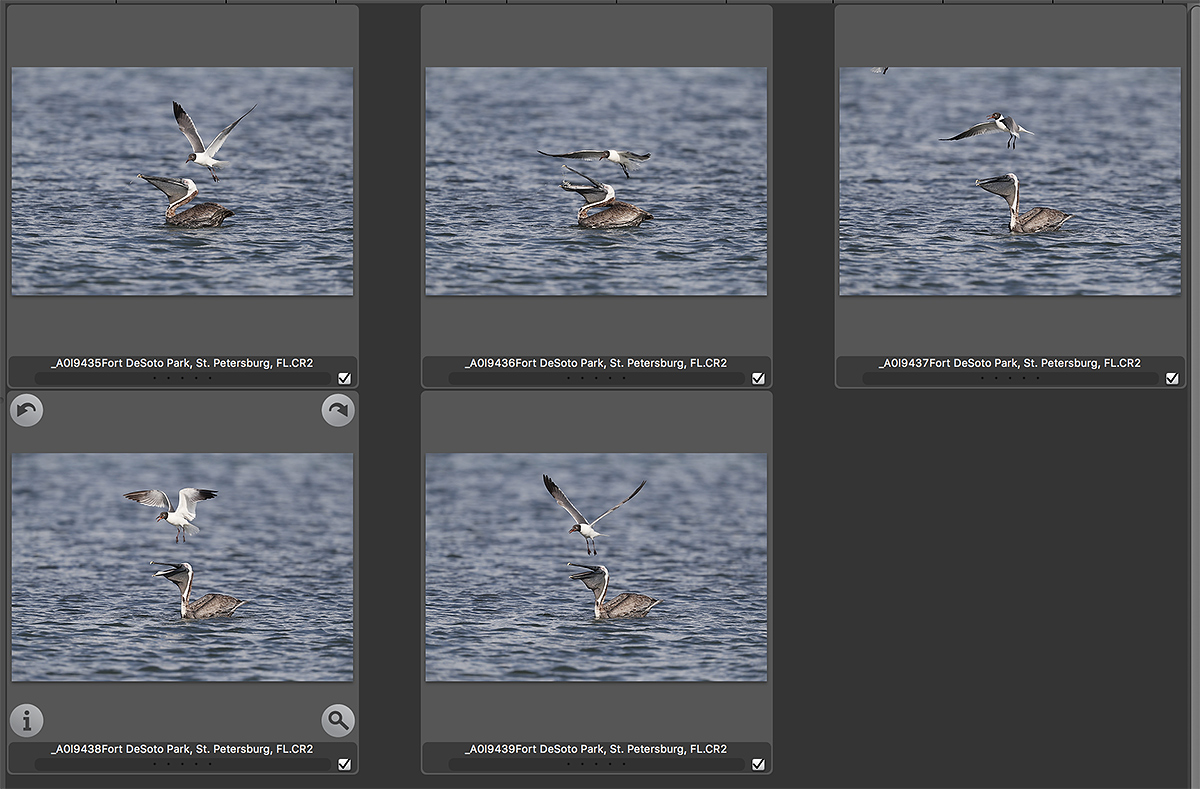
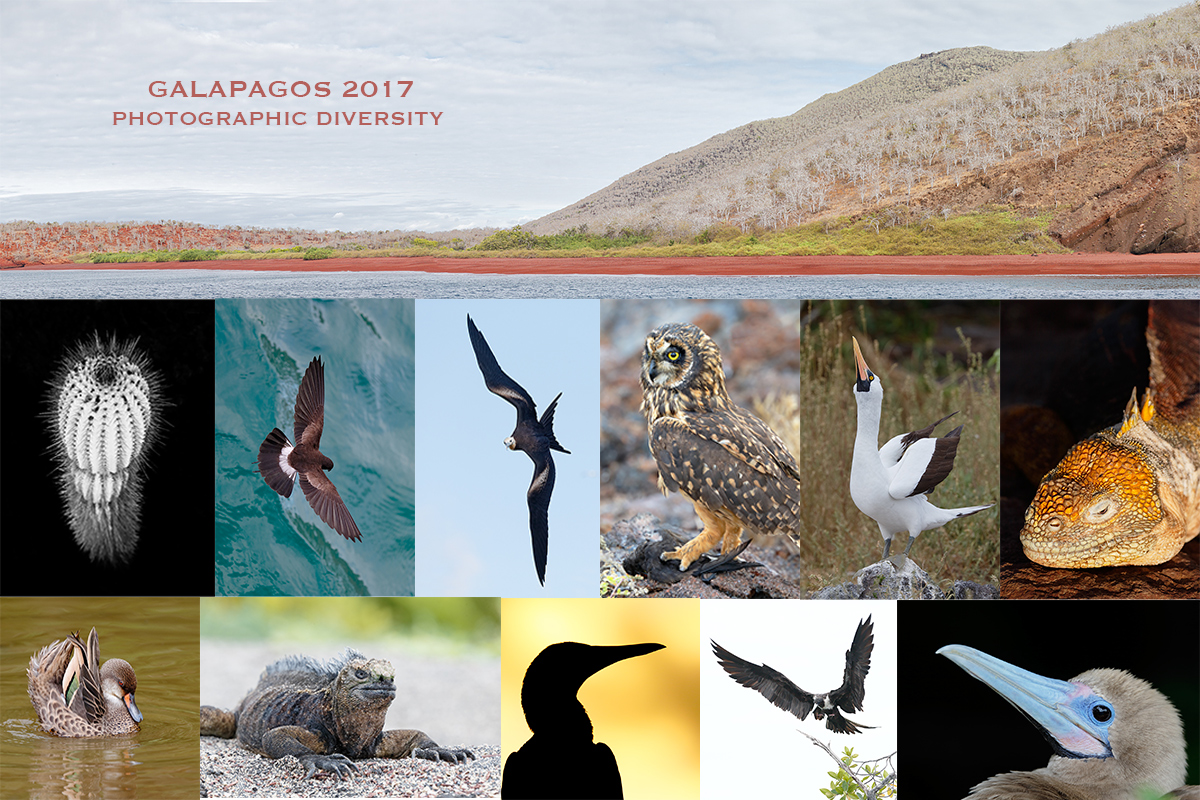
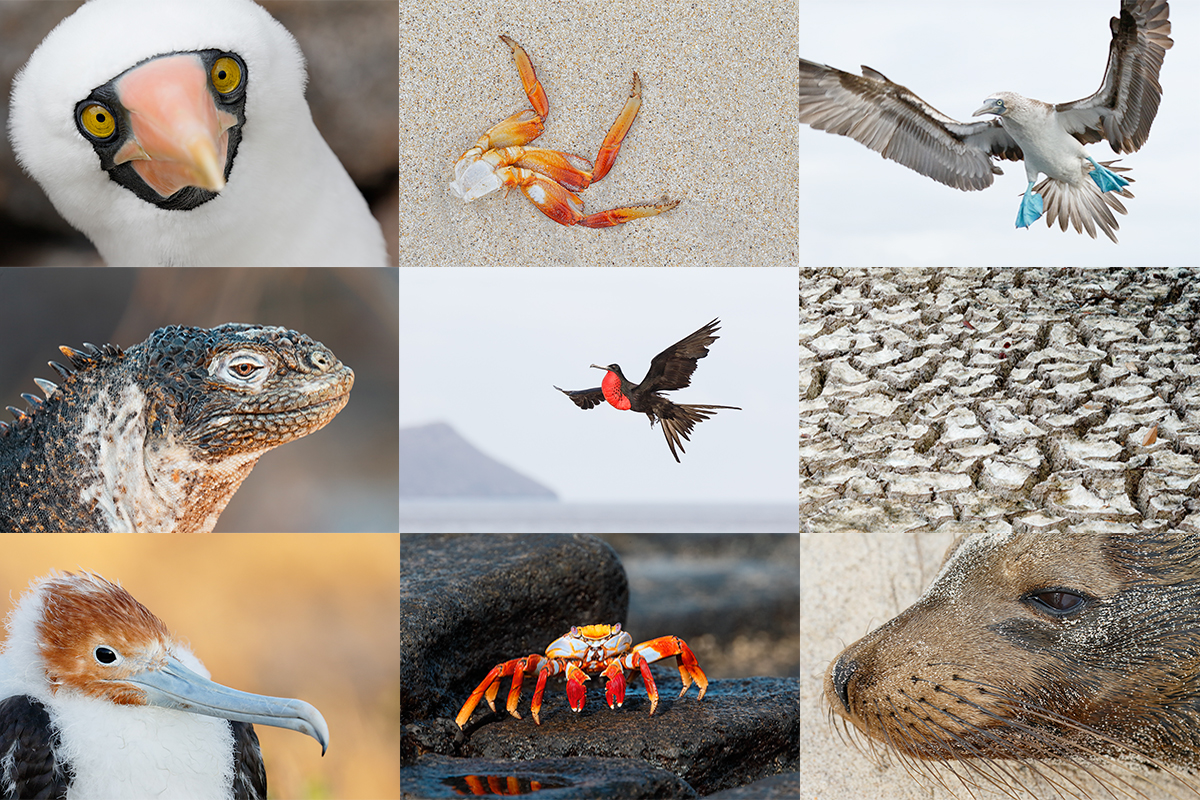













I like the bend in the wings of #4 best, it looks like the bird is hovering waiting for a chance to grab a meal. It isn’t a question you asked, but overall I think #2 tells the best story because the fish in the pelican’s mouth are more visible and the gull appears to be swooping in to try to grab some.
Hi Keith, That’s why I published #2. Would not be too hard to combine 2 and 4 though…
a
for me its a choice between 1 and 4, with the final vote going to no 4.
the kiting motion with the wings bent is very cool.
such smart birds.
D
#1 I agree with Doug West. I think it has the best combination of wing and feet placement.
P.S. the first image of the pelican with a mouthful, and the cropped version: AMAZING!!!
I like #4 for best wing position.
Love the curve of the wings, possible feather detail.
Are you sure on #4?
a
Amazing photo! The first one blows me away. Color me St. Patrick’s Day green with envy.
On another note…buying used camera bodies…is there an easy way to tell how many times the shutter has been fired? I’ve explored this a bit on the web. Obviously a car with 180,000 will have more wear than a car with 60,000. The same principle would seem to apply to how many times the shutter has been fired.
Ralph Fletcher
RF,
With some of the newer bodies like the 1D X you can find it in a menu item. Mine had <88,000, more than I thought. With the older bodies there is supposed to be a website that can do it but I am not sure how unless you hook your camera body up to the computer....
If anyone knows anything about that, please chime in.
That said, shutters can fail with almost new cameras while some bodies go on for 100s of thousands.... I have never had a shutter fail on any Canon camera, film or digital.
a
Artie,
On a Nikon you can open a raw file in Photoshop then go to File Info under the File menu. Scroll down to Image Number. There is also a web site where you can upload a JPEG and it will tell you the image number.
John Patton
Thanks John…. I do not understand who that can tell us about shutter actuations…
My preference for gull wing position is #4.
#1 and #5 have nice V wing position, but one wing is edge on… it’s ok but just doesn’t grab me. #2 is too flat / pancake. #3 is dynamic, but one wing partially obscures the body (this is my second favorite). I think #4 is dynamic, and shows the bird at its best. (Beak positions in #4 almost imply a conversation between the birds 🙂
I love #2 it shows the pouch with the fish and the track of water leading up to the beak.
My vote would go to #1 having the best Laughing Gull wing position. #5 is close, but #1 seems to be more straight up. The wings look a little fuller’ than in #5. For example, the left wing on #5 looks more like a straight line vs #1’s left wing, of which I can see more.
Doug